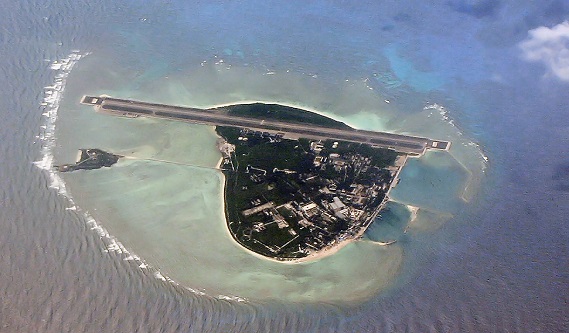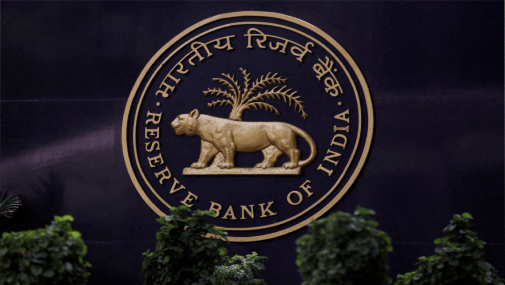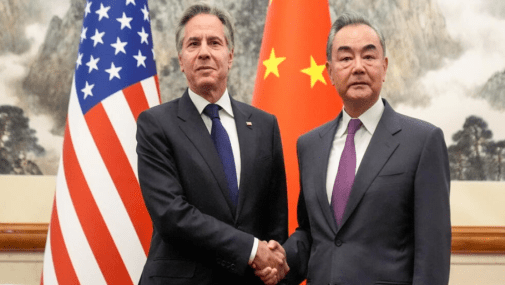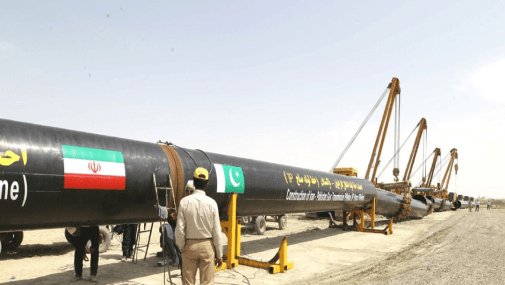Europe expected to counter China
March 21, 2019 | Expert Insights

European countries are expected to increasingly engage China over the South China Sea.
Background
The South China Sea is at the heart of a territorial dispute between China, a number of Southeast Asian nations and members of the international community including the US and various countries of the European Union (EU). TheSouth China Sea is a key transhipment route, with over US$3 trillion of trade passing through the region each year. The region holds valuable minerals, as well as oil and natural gas reserves.
Customary international law is a primary source of such law, where, in principle, the law is accepted as custom through the general practices of states and domestic ratification. Freedom of Navigation is one such customary international law where ships displaying the flag of a sovereign state shall not suffer interference from other states. The implementation of such is currently codified under the United Nations Convention on the Law of the Sea (UNCLOS), which defines exclusive economic zones and territorial waters of a nation.
In the past, China has backed its claims in the South China Sea with island-building projects and naval patrols. The EU maintains a general policy of opposition to China’s aggressive posture in the region and supports freedom of navigation exercises. However, the architecture of the EU largely permits countries to forge their own foreign policy in the South China Sea.
Analysis
A March 19, 2019 report suggests that European countries will increasingly seek to reinforce their presence in the Indo-Pacific. The EU and some of its members have consistently voiced concerns about Beijing’s offensive posture in the South China Sea.
France has conducted naval operations through the South China Sea since 2014 and is currently poised to send a carrier group into the region. In support of the EU’s call for adherence to freedom of navigation laws, some EU nations had sent personnel to join French operations in the region. France has engaged Japan with over a possible joint-exercise with its military. Denmark is expected to join France in freedom of navigation operation sometime in 2019.
In February of 2019, the United Kingdom participated in a joint naval drill with the US in the South China Sea. Previously Defense Secretary, Gavin Williamson had threatened to deploy an aircraft carrier carrying two squadrons of Britain’s new F-35B Lightning ll strike fighters to the region. However, the aircraft carrier in question is still a couple of years removed from being fully operational. More serious action against China’s Indo-Pacific assertiveness is through Britain’s active consideration of establishing a series of new military bases in the region. Britain has been consistent in stating its intention to increase its activity in Asian waters and has already staged two naval drills with the US in 2019. She has also considered instituting a policy of sharing intelligence with Japan. The Netherlands announced its intention to send a warship to join British operations in the region by 2021.
The EU’s executive the European Commission (EC), on March 12, released 10 action points identifying the threat posed by China. EU leaders are expected to meet on March 21 to discuss the proposals.
The EU, unlike the US, has ratified the UNCLOS and a majority of international conventions, donating the bloc immense soft-power in the implementation of customary law. The centrality of multilateralism, and thereby international law, in the EU’s assertions, is bolstered by the number of parties working together to counter China’s South China Sea policy. The propensity of EU members to create consensus among its partners and like-minded states is of particular importance in the region. It is likely that other proponents of multilateralism including Canada and Australia band together to operate in the South China Sea. However, the operations are unlikely to be EU sanctioned but rather groupings of countries working within the EU’s framework.
Counterpoint
China is likely to perceive actions this close to its territory as a serious offensive threat. However, China cannot afford a military escalation or to engage in an economically offensive posture. Despite this, it is in China’s interests to continue to entrench itself through island-building operations and military activity.
Assessment
Our assessment is that while the EU issues overall directives against a Chinese threat, it is up to groupings of nations to ensure a free and open Indo-Pacific. We believe that a more assertive, yet isolationist, US is likely to increase European engagement around the world, including in the South China Sea. We also believe that the enhanced rhetoric in recent months is a negotiation tactic geared towards the upcoming EU-China summit set for April 2019.








Comments